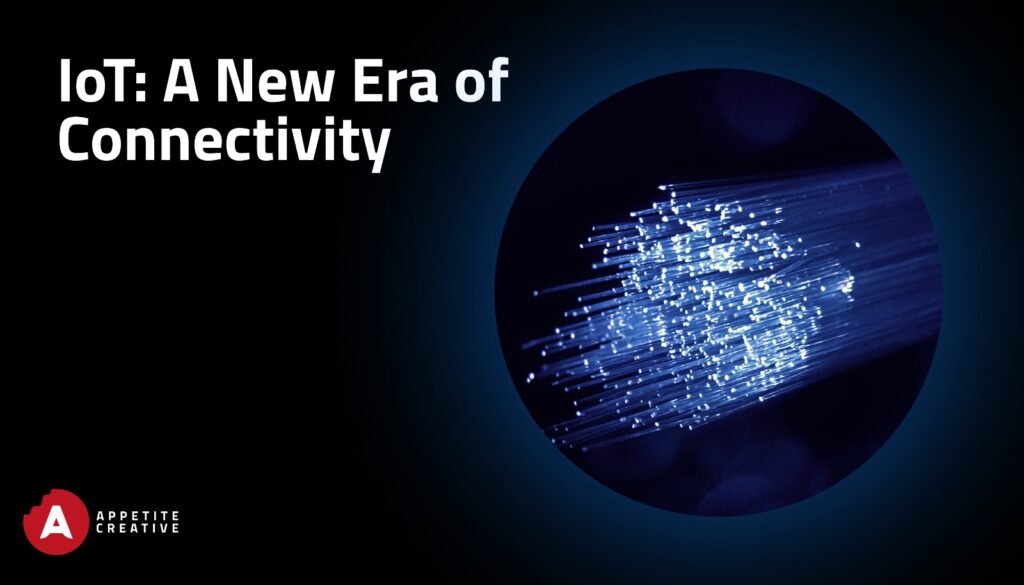
Introduction
The Internet of Things (IoT) has come a long way since the first toaster was connected to the internet in 1990. Today, an estimated 50 billion devices around the world are connected through IoT, from personal items like watches and thermostats to industrial machinery. IoT holds the promise to revolutionise various sectors, from agriculture and healthcare to transportation and manufacturing.
Understanding IoT
IoT is essentially a network of physical objects or “things” embedded with sensors, software, and other technologies to connect and exchange data with other devices and systems over the internet. These devices range from ordinary household items to sophisticated industrial tools.
Powering a Smart World
Smart homes are a testament to the power of IoT. Home automation systems allow homeowners to control their appliances, thermostats, lights, and even security systems remotely via their smartphones.
On a larger scale, IoT is the backbone of smart cities, improving the quality of life for residents. Sensors deployed across a city can monitor a variety of data points, from environmental factors like air quality to infrastructure use and condition. This real-time data enables more efficient resource management and quick response to maintenance needs.
Revolutionising Packaging: Connected Packaging
In the realm of product packaging, IoT is enabling a paradigm shift with the advent of Connected Packaging. These solutions embed digital technology into packaging to engage customers, gather data, and enhance supply chain visibility. QR codes, NFC tags, and RFID chips can provide information about the product’s authenticity, origin, and supply chain journey. This not only improves traceability but also opens a new channel for brands to connect with consumers and offer personalised experiences.
Transforming FMCG and CPG Industries
IoT is having a significant impact on the Fast-Moving Consumer Goods (FMCG) and Consumer Packaged Goods (CPG) industries. IoT-powered smart shelves in retail stores can alert when stock levels are low or when products are incorrectly shelved. At the warehouse level, IoT devices can track inventory in real-time, streamlining logistics and reducing costs. In the context of connected packaging, consumers can use their smartphones to access product details, authenticity checks, and even personalised marketing messages, creating an interactive experience that goes beyond the product itself.
IoT in Healthcare
In healthcare, IoT devices facilitate remote patient monitoring, allowing healthcare providers to track patients’ vitals and health conditions in real-time. This can reduce hospital visits and readmissions, leading to better patient outcomes and lower healthcare costs.
Industry 4.0 and IoT
In industries, the fourth industrial revolution, or Industry 4.0, is largely fueled by IoT. Machines equipped with sensors communicate with each other and the control centre, providing insights into operational efficiency and predictive maintenance. This leads to cost savings, improved safety, and higher productivity.
Security Concerns
While IoT brings countless benefits, it also introduces new security vulnerabilities. As devices become more interconnected, the risk of cyberattacks increases. Ensuring robust security protocols is crucial to protect sensitive data and maintain the reliability of IoT systems.
Future Trends
The future of IoT lies in its convergence with technologies like Artificial Intelligence and 5G. AI can help analyse the massive amount of data generated by IoT devices, providing valuable insights and automating decision-making. Meanwhile, 5G’s high speed and low latency can support more IoT devices and enable new applications.
Conclusion
The Internet of Things continues to redefine the way we live, work, and interact with our environment. With its vast potential still largely untapped, we are only scratching the surface of what is possible. By addressing security challenges and capitalising on emerging technologies, we can unlock the full potential of IoT for a smarter and more connected world.
Visit Appetite Creative’s Blog for more of such content!
